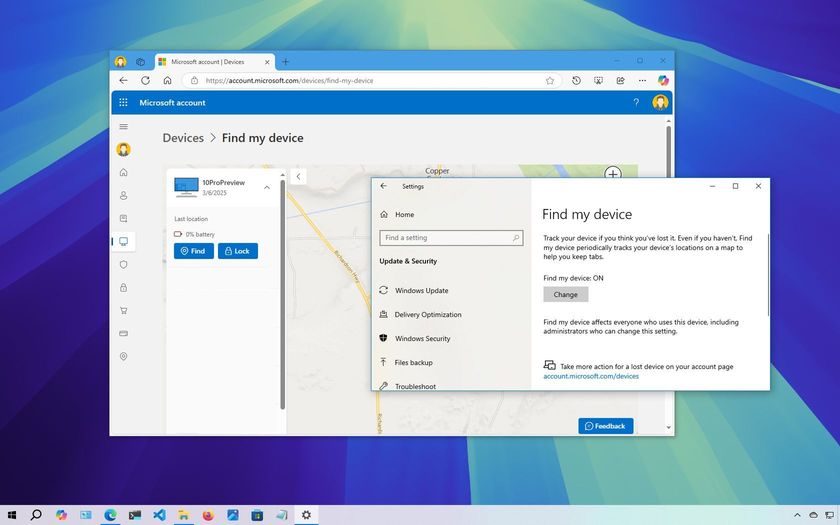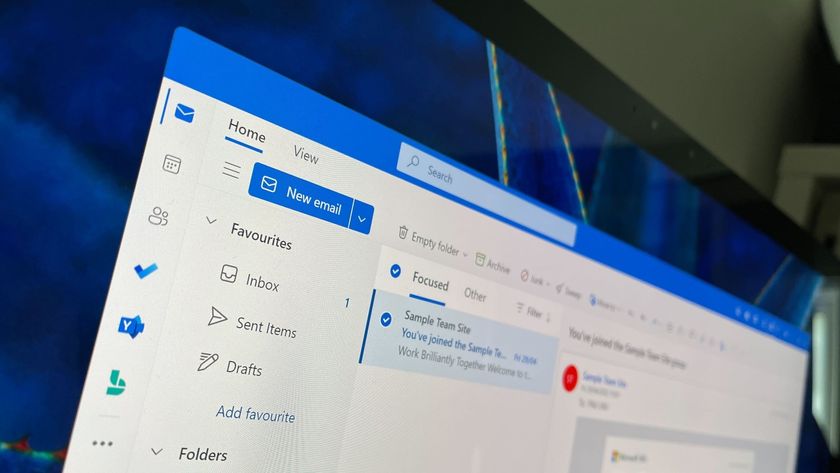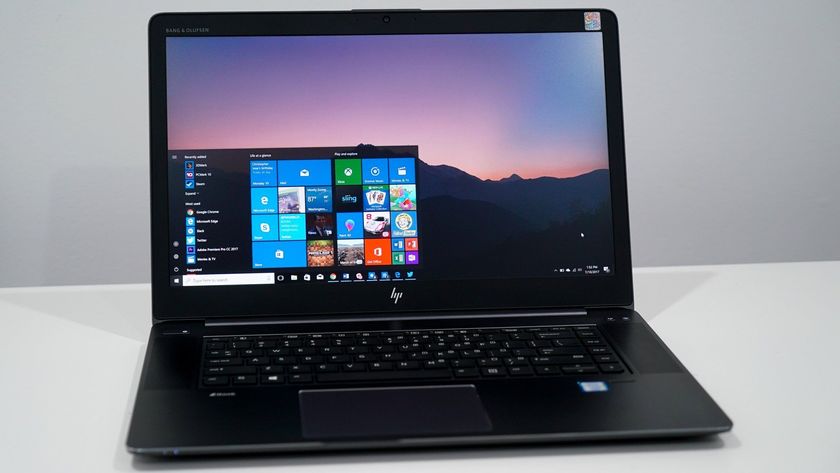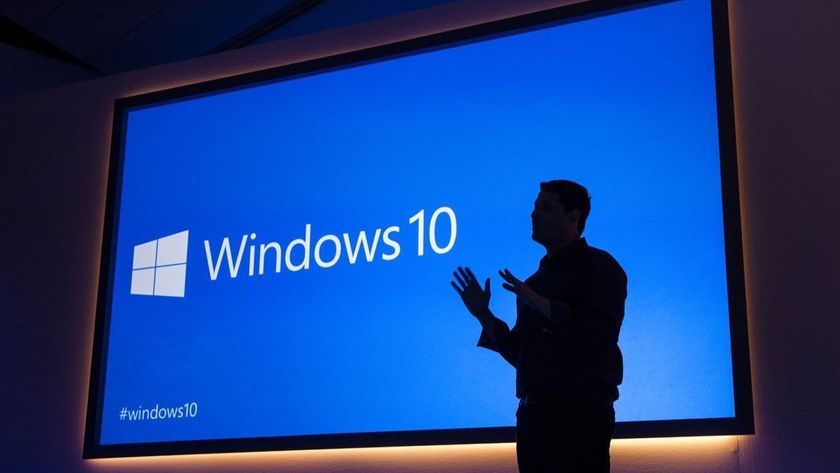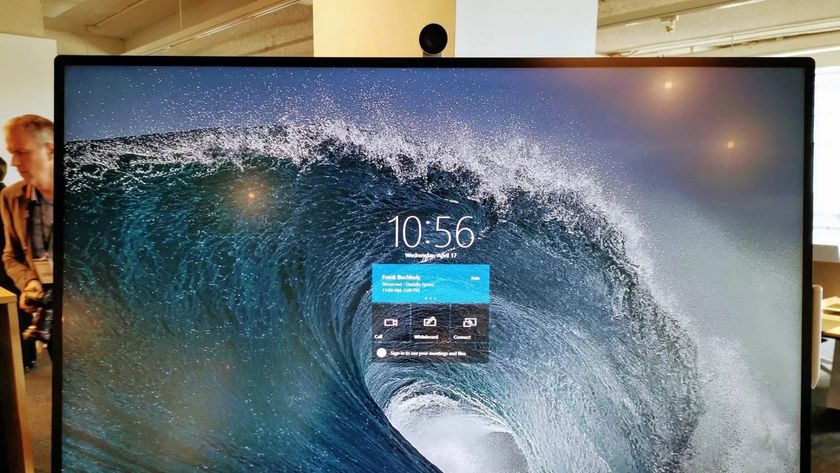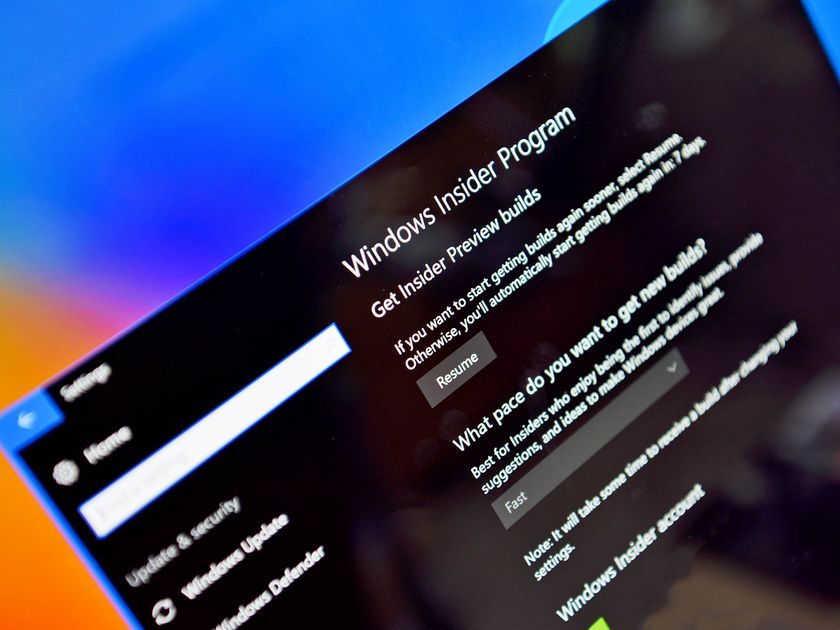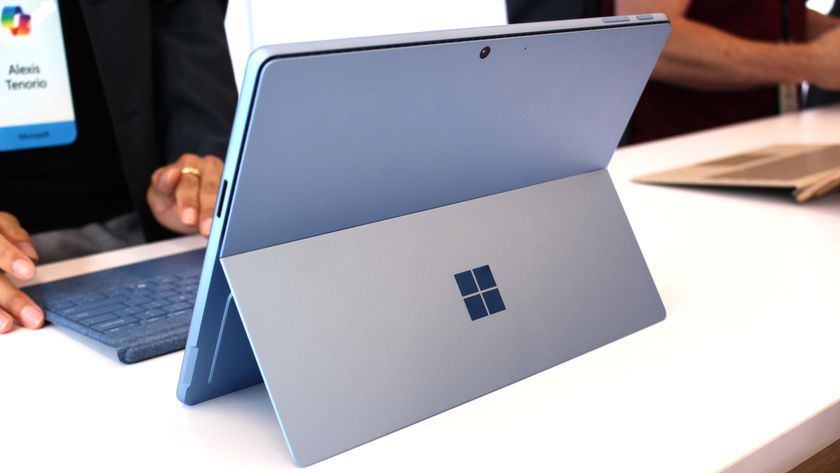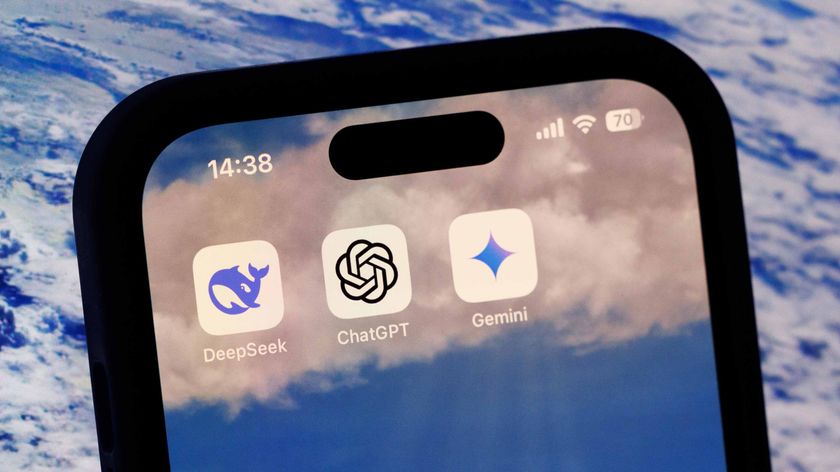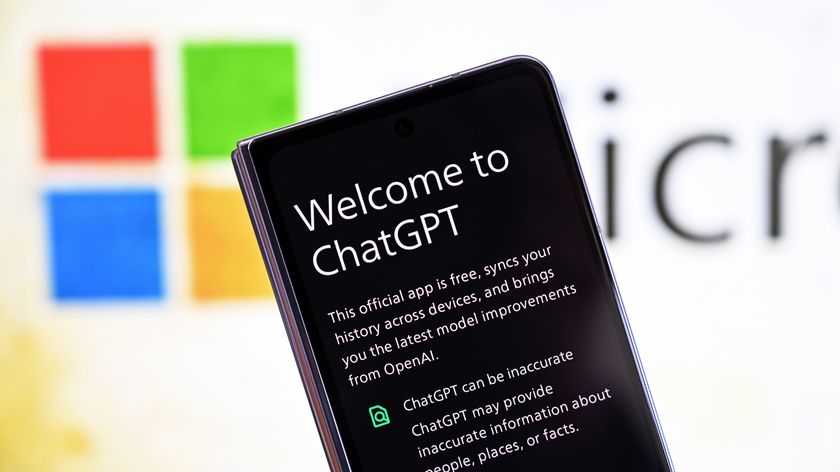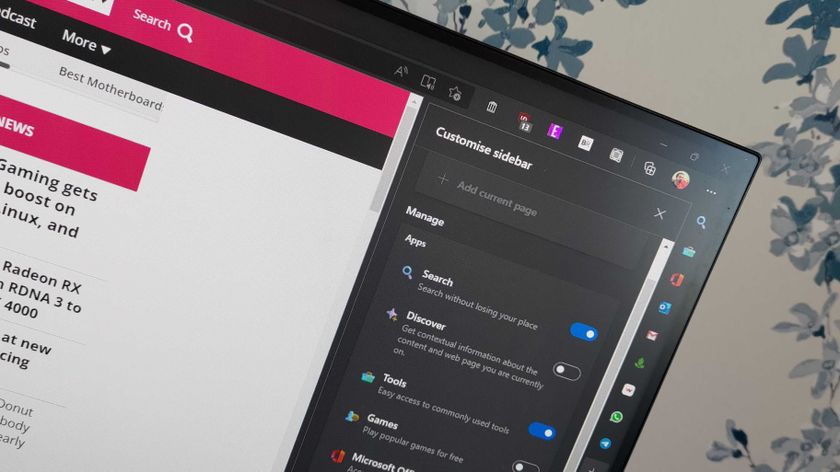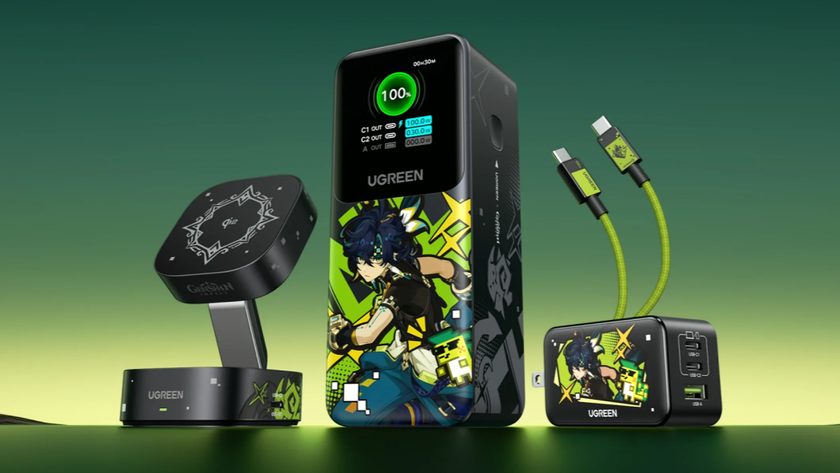5 good reasons to keep the faith in Windows 10 Mobile
"Windows 10 Mobile is dead!" is a common mantra these days. But I'm here to say that you'll have to pry my Lumia 950 XL from my cold, dead hands. Here's why.

"Windows on phones" might be in decline, but there was a point where it felt like the ecosystem genuinely had some momentum, particularly in Europe, where Windows Phone took some key market share milestones in countries such as Germany, Italy and the UK. That's all behind us now, however.
Microsoft purchased Nokia's phone division a couple of years back and quickly set about dismantling its hardware strategy. You know the story.
When you combine the cancellation of McLaren, the lack of enthusiasm from third-party devs, hardware makers, carriers and arguably Microsoft itself, fans have found themselves in an awkward position. The free-fall decline of "Windows on phones" as an entity led to Microsoft's current "retrenchment," while it repositioned itself for the next attempt to enter the market. We can argue for hours about Microsoft's Windows Phone strategy, but I'm not here to discuss that today.
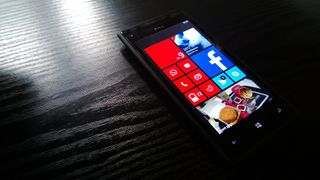
Following this week's Ask Dan episode where our dapper editor-in-chief discussed those of us who still use Windows 10 Mobile, I thought I'd offer some reasons why I stick around, and why I'm still hopeful for the future.
I primarily write about Xbox, and there's no rule that anyone here has to use a Windows 10 Mobile device. But I do so 100 percent by choice. Here are five reasons why.
1. Windows Phone isn't dead
In terms of marketability, Windows Phone might be dead in the water, but it's not for those who still use it. Microsoft continues to update and work on Windows 10 Mobile, despite the fact that it's near zero percent market share.
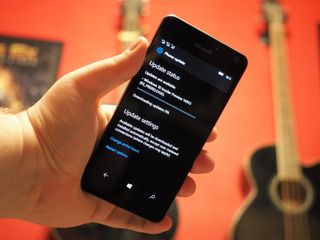
So why the updates? Microsoft clearly has plans to re-enter the mobile market in the future, and frankly, the company has no choice. As consumers shift increasingly to mobile devices as their primary computing solution, Microsoft can't afford to ignore this section of the market if it wants Windows as an OS to exist anywhere beyond the enterprise.
Get the Windows Central Newsletter
All the latest news, reviews, and guides for Windows and Xbox diehards.
Microsoft clearly has plans to re-enter the mobile market in the future, and frankly, it has no choice.
This is partially why it has been steadily injecting its apps and services onto the dominant mobile platforms: iOS and Android.
There will come the point, however, when iOS and Android threaten Windows itself (should Apple and Google ever get it together). Which is why we believe CShell, combined with Windows 10 on ARM and new hardware categories defined by the Surface Phone will set the tone for Windows on mobile devices in the future. The continued development of Windows 10 Mobile and UWP is an important pillar of that future strategy.
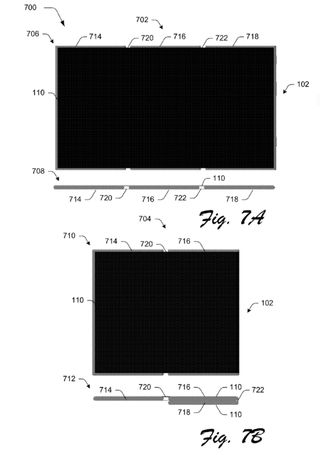
This may be a subjective reason, but I find that it's just fun watching the platform develop, and participating in the Windows Insider Program, along with the occasional big name app or feature jumping onto UWP with a mobile version in tow. It's just a shame that Microsoft doesn't want to invest more in interim handsets to tide us over, nor share its roadmap more definitively with Windows 10 Mobile's dwindling fanbase. At this point, the only way is up.
2. Community
Speaking of the Windows Insider program, the Windows Phone community is a big reason I still enjoy Windows 10 Mobile. Our little troop might be shrinking as more of us jump to iOS and Android, but I've found the Windows Phone communities across Twitter, Reddit, Instagram and right here in our own forums to be some of the most welcoming, creative, passionate and knowledgeable groups out there.
The support of the Windows enthusiasts across Twitter, Reddit and Nokia, through the old Lumia Connects campaign, helped me get my start in blogging, leading to my position here on Windows Central.
Some of the Windows Phone hashtags across Twitter and Instagram contain a wealth of amazing photographs, and there are entire communities dedicated to Lumia photography, such as @NothingButANokia.
The enthusiasm of the #WindowsInsiders across Twitter keeps the conversation fresh and interesting for me. Under Dona Sarkar and formerly Gabe Aul, the Windows Insider community has even turned its ingenuity to charitable efforts, cataloged by the #Winsiders4good hashtag.
Winsiders empowered up to 25 startups in Nigeria. Watch the video to find out more.#Winsiders4Good pic.twitter.com/VqAKGOzSc2— Microsoft Nigeria (@MicrosoftNG) December 16, 2016
You might think it's a silly reason but the communities I've discovered and friends I've made as a result of Windows Phone and Windows 10 Mobile leave me truly thankful.
3. The Windows 10 Store
There are apps on Windows 10 Mobile that have simply become embedded in my daily flow, to the point where I can't imagine life without them. Readit's fully-featured, intuitive, and speedy reddit client is superior to the official reddit apps on competing platforms, at least if you use the UWP features. Throw in YouTube apps like MyTube!, TubeCast and Client for YouTube, which allow you to disable ads, download videos and audio for offline play, and listen to videos in the background without a YouTube Red subscription, and you're onto a winner. Groove Music on Windows 10 is also incredible.
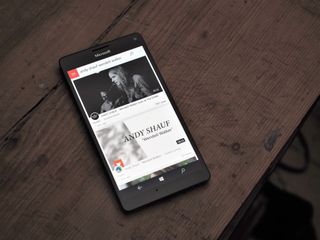
I'm simply not a huge app guy anyway. Windows 10 Mobile has the stuff that I require for work, such as Uber and Slack. It has the social media apps I use, including Twitter, Instagram, and WhatsApp.
These apps are sometimes behind in features versus their iOS counterparts, but the same is often true for Android users, who end up waiting for feature parity. Things have been pretty good lately, though. WhatsApp began rolling out its new Status feature almost as soon as it was announced, and Instagram has been pretty hot with the updates too. Who needs Snapchat?
Of course, the situation could change. Some major services have abandoned the platform, but others have jumped on board in their place. And I've rarely encountered a situation that couldn't be solved with a mobile web service.
There are often times when I find myself lamenting the fact that I can't jump on the latest crazes, such as the impossibly dumb kawaii-filter app Meitu. And last summer's Pokemon Go assault was a bitter reminder that our platform choice often leaves us deprived of the latest games. But those moments are fleeting. Even Snapchat's signature features are being slowly devoured by Facebook's platforms, most of which are fully supported on Windows 10 Mobile.
tfw you're a Windows phone user pic.twitter.com/qtLuGr8ydytfw you're a Windows phone user pic.twitter.com/qtLuGr8ydy— Jez (@JezCorden) July 7, 2016
It has always been a bit of a revolving door situation, but with UWP here to stay, hopefully, the situation will improve as Microsoft begins to ship new product categories that encompass the Universal Windows Platform (UWP).
4. Dat interface
I find Android and iOS to be so hideously bland and ugly that I can't bear to see myself using them. Apple's iOS, in particular, is so impossibly plain, and its lack of customizability makes me feel that the visual brand is more important to Apple than the users' abilities to personalize their devices.
I know Android is far more customizable, but without some hardcore tinkering (that I simply can't be bothered with, you're not doing much more than placing a skin over the OS. "Icons on a grid" is just soooo Windows 95.
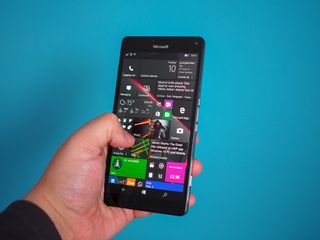
Windows 10 Mobile's interface prioritizes information first, with standardized Live Tiles that can also be configured and displayed in various ways. Every single Windows 10 Mobile home screen looks different, and each one says something expressive about the user without looking like a total mess. Android widgets are a clunky, almost archaic approach to this end, and they also lack the ordered customizability I've grown accustomed to on Windows 10 Mobile. This level of personalization extends into apps, too, displaying your accent color and light or dark theme across services such as Groove, Readit, Twitter and more.
For me, Windows 10 as a platform simply strikes a balance between standardization, customizability, and sheer beauty that neither Android nor iOS really approaches.
5. UWP
I still don't think Windows 10 Mobile has seen the fruits of Microsoft's labor when it comes to the UWP. We've been waiting for years at this point, but establishing new development paradigms is certainly not something that happens overnight.
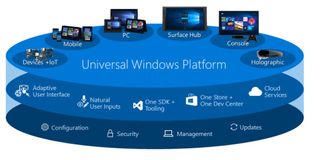
For those who don't know, UWP is a standardized set of tools developers can plug their apps into, which translate across all Windows 10 devices. If a UWP app is targeted at PC, it should be relatively easy to create a user experience that functions on mobile, leaving the majority of the underlying code intact. The same is true for Xbox One and HoloLens, and we already see how apps that utilize UWP properly can function across the full cadre of Windows 10 endpoints.
UWP is poised and ready to see some serious traction.
Microsoft is hard at work adding new features to the UWP toolkit, which already encompasses things such as session handoffs between devices, cloud-based account credentials, universal notifications and Xbox Live integration for games. With the Windows 10 Creators Update and Redstone 3, we should begin to see features like Compact Overlay Mode (which will strongly benefit Xbox One), as well as new the design standards based on animations and translucency, codenamed Project NEON.
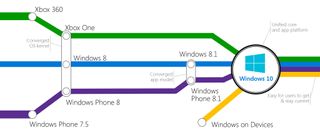
When we finally start seeing devices powered by full Windows 10 on ARM, combined with the proliferation of augmented reality devices such as HoloLens, and the continued growth of Xbox One, UWP is poised and ready to see some serious traction.
Your reasons to love Windows 10 Mobile
I'm simply happy with my Lumia 950 XL right now. Could things be better? Sure, but hey, the grass is always greener on the other side. Anecdotally, it seems like lots of lapsed Windows Phone fans have left because the services they require are currently available only on other platforms, yet they yearn for the opportunity to come back to the platform. At this point, we can only hope Microsoft can give them a decent reason.
What are your reasons for sticking around? And what were your reasons for leaving? Let me know in the comments below.

Jez Corden is the Executive Editor at Windows Central, focusing primarily on all things Xbox and gaming. Jez is known for breaking exclusive news and analysis as relates to the Microsoft ecosystem while being powered by tea. Follow on Twitter (X) and Threads, and listen to his XB2 Podcast, all about, you guessed it, Xbox!
